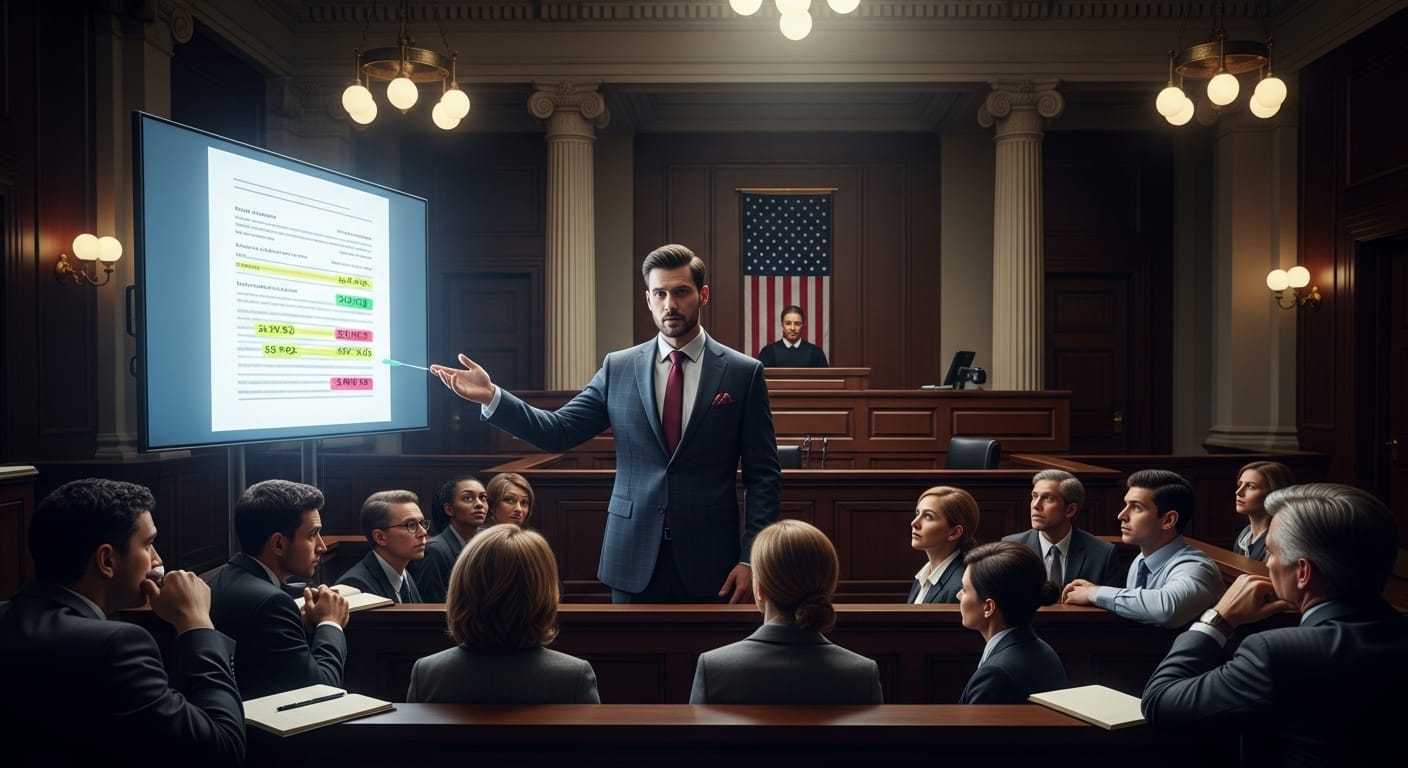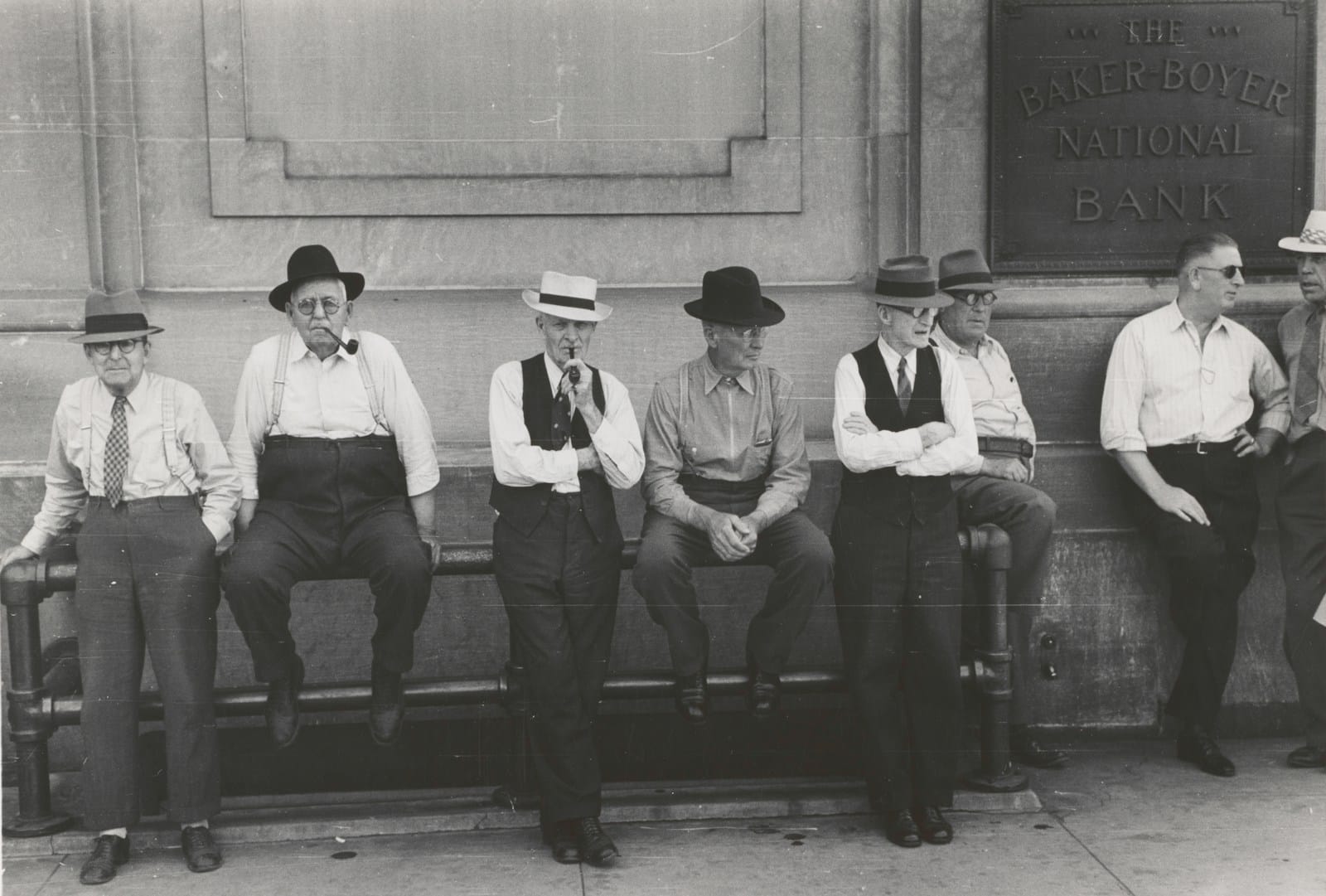Please Note: This post may contain affiliate links. If you click one of them, we may receive a commission at no extra cost to you. As an Amazon Associate, I earn from qualifying purchases.
When it comes to presenting a case to a jury, think of it like putting on a show. You’re not just laying out facts; you’re telling a story that should captivate your audience—who just so happen to hold your client’s fate in their hands.
So, how do you ensure that your presentation doesn’t put them to sleep faster than a legal textbook? Here are some tips that might help!

Top Takeaways and Key Concepts
Know Your Jurors: Research their backgrounds and interests to tailor arguments that resonate emotionally.
Craft a Compelling Narrative: Frame your case with clear characters, conflict, and resolution to engage jurors.
Simplify Legal Jargon: Use plain language and visuals to make complex concepts understandable and memorable.
Use Effective Body Language: Maintain eye contact, natural gestures, and a genuine smile to build connection.
Anticipate Counterarguments: Prepare rebuttals in advance to demonstrate credibility and handle objections confidently.
Summary of This Article
The article outlines strategies for effectively presenting a case to a jury, emphasizing storytelling, clarity, and engagement. Key steps include understanding the jurors’ backgrounds, crafting a narrative that frames the case with relatable characters and conflict, and simplifying legal terminology for accessibility. Effective body language, including eye contact, gestures, and genuine smiles, enhances persuasion, while anticipating counterarguments strengthens credibility. The article also highlights the importance of impactful closing arguments to leave a lasting impression, combining preparation and emotional appeal to influence juror decisions favorably.
Know Your Audience: The Jurors

First things first, let’s talk about the jury. These folks come from all walks of life, and they have opinions—lots of them! Imagine trying to explain the finer points of tort law to someone who thinks “tort” is just what happens when you burn toast. It’s crucial to understand who they are.
So, how do you get into their heads? Try doing some research before trial. Maybe even take a peek at social media profiles if possible (just don’t go full stalker mode). What are their interests? Their backgrounds? By knowing your audience, you can tailor your arguments in ways that resonate with them.
And remember: jurors aren’t robots programmed only for legal jargon. They want relatable stories and human experiences. If you can connect emotionally with them, you’re already halfway there!
Crafting Your Narrative: Storytelling Magic
Let’s be real: everyone loves a good story! Think about the last time you binge-watched an entire season of something on Netflix—it was probably because the story sucked you in. In court, storytelling is key.
Start by framing your case as a narrative with clear characters (your client and the opposing party), conflict (the issue at hand), and resolution (what justice looks like). Use descriptive language to paint vivid pictures; make jurors feel like they’re right there in the courtroom drama unfolding before them.
By the way, anecdotes can be powerful tools here. Sharing personal stories or relatable scenarios can help demystify complex legal concepts and create empathy for your client’s situation. Just avoid turning it into a soap opera—this isn’t “Days of Our Lives,” after all!
Simplifying Complex Legal Jargon
Legalese sounds fancy but often makes people’s eyes glaze over faster than when I try explaining my tax returns. You need to simplify complex terms without dumbing down your argument.
For example, instead of saying “negligence,” why not explain it as “not paying attention”? This makes it more accessible for everyone sitting in those uncomfortable wooden chairs pretending they know what “res ipsa loquitur” means.
Also, consider using visuals where appropriate! Charts and graphics can illustrate points better than any lengthy explanation could—and trust me; no one wants to read another 50-page document while stuck in jury duty.
Engaging Body Language: The Power of Presence
Now let’s talk about body language! Did you know that non-verbal communication accounts for nearly 93% of our interactions? So, if you’re standing up there looking like you’ve just eaten sour lemons, good luck convincing anyone of anything!
Make eye contact with jurors; nod occasionally as if they’re saying something brilliant—even if they’re not! Move around slightly but don’t pace back and forth like an anxious cat waiting for dinner time. Use gestures naturally; they should emphasize points rather than distract from them.
Interestingly enough, smiling goes a long way too! A genuine smile can help break tension and foster connection—not unlike how cookies seem capable of solving almost any problem known to humanity!
Anticipating Counterarguments: Stay One Step Ahead
Every great magician knows that misdirection is key—and so does every successful attorney! Anticipate counterarguments before they arise during deliberations or cross-examinations.
Think through potential objections from opposing counsel like you’re playing chess against Bobby Fischer himself. Prepare responses ahead of time so when those questions pop up (and believe me—they will!), you’ll be ready with solid rebuttals instead of stumbling over words like someone learning English as their second language.
This also shows jurors that you’ve thought critically about both sides’ positions—a sign of credibility that may sway their opinion favorably toward yours!
Closing Arguments: Leave Them Wanting More
As we reach the endgame—yes folks, we’re nearing checkmate—you need killer closing arguments! This is where everything comes together like pieces fitting into place on an elaborate jigsaw puzzle nobody wants missing pieces from.
Summarize main points clearly yet compellingly while reinforcing emotional appeals made throughout trial proceedings. Think about leaving jurors with one final thought or image they won’t forget anytime soon—something impactful enough they’ll carry home long after leaving court premises behind them!
And remember: this isn’t just another day at work for these jurors; it’s likely one significant moment influencing lives forevermore—all thanks to YOU being prepared & passionate about delivering justice properly!!
Suggested External Resources:
How To Persuade a Jury
https://www.law360.com/articles/1234567/how-to-persuade-a-jury
The Art of Storytelling in Court
https://www.courtsystem.com/articles/9876543/the-art-of-storytelling-in-court
Effective Communication Strategies for Lawyers
https://www.lawyercommunicationtips.com/effective-strategies
Frequently Asked Questions
Why is storytelling important when presenting to a jury?
Storytelling helps jurors connect emotionally and understand your case more clearly. A well-structured narrative can make complex facts relatable and memorable.
How can I better understand my jury before trial?
Research jurors’ backgrounds, professions, and interests within ethical limits. Understanding their perspectives allows you to frame arguments that resonate with them.
What’s the best way to simplify legal jargon for jurors?
Use plain language, relatable examples, and visuals to explain complex legal terms. This keeps jurors engaged and ensures they fully grasp your key points.
How does body language influence jury perception?
Confident posture, eye contact, and natural gestures project credibility and trustworthiness. Avoid nervous movements that might distract or signal uncertainty.
How can I prepare for counterarguments during trial?
Anticipate opposing arguments and prepare clear, factual rebuttals in advance. This demonstrates competence and reassures jurors of your credibility.
What makes an effective closing argument?
An impactful closing argument summarizes key evidence, reinforces emotional appeals, and leaves jurors with a clear, persuasive final impression of your case.
Should visuals and props be used during a jury presentation?
Yes, when used appropriately. Charts, graphics, and demonstrative evidence can clarify complex details and help jurors remember critical information.

Kevin Collier is a legal expert passionate about simplifying complex legal concepts for everyday individuals. With a focus on providing clear, practical information, he covers a wide range of topics, including rights, responsibilities, and legal procedures. Kevin aims to empower readers with the knowledge they need to navigate the legal landscape confidently, ensuring they can make informed decisions regarding their legal matters. Through insightful articles and easy-to-understand resources, he helps demystify the law, making it accessible to all.










